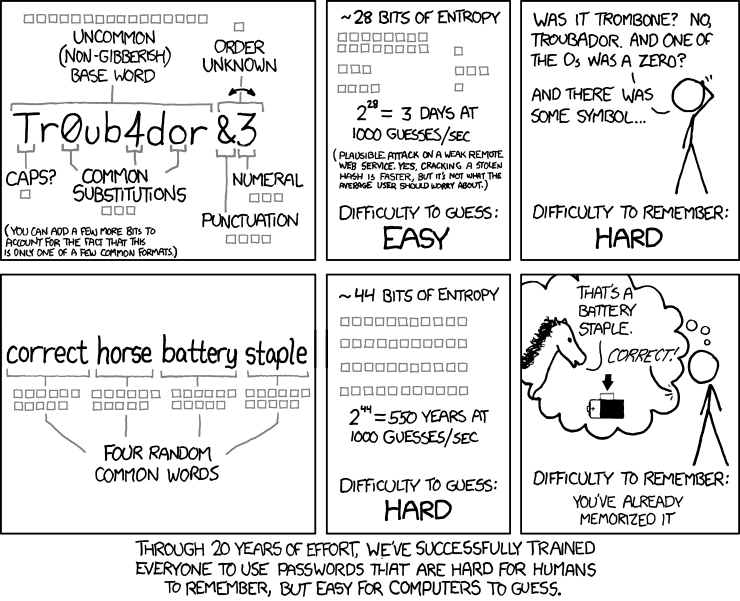From adafruit comes “Ask An Engineer” on Vimeo. Sign up and watch, read the Adafruit blog, get online and ASK!
-
-
DorkbotPDX: People Doing Strange Things with Electricity.

DorkbotPDX
About DorkbotPDX
DorkbotPDX has crawled out of the womb and is in the now permanent (revolutionary) process of defining itself. We are a community of creative types who enjoy experimenting, finding art in technology and pushing the limits of whatever is in front of us. We meet on an regular, informal basis every other week, but you can find out more on our meetings page. We occasionally hold larger events, so sign up for the mailing lists to find out what’s going on. We welcome you to join us at our gatherings and to bring something interesting to view or ponder. Hands-on items (electrical, mechanical, digital, aural, visual, or other) are highly encouraged! Show and tell warrants mega ultra bonus points! If nothing else, just show up and tell us what you’re interested in — chances are good you’ll find some creative feedback or meet someone with similar ideas.
-
The 3-D Printing Free-for-All
From NYTimes, By NICK BILTON,
 Ángel Franco/The New York TimesThe MakerBot 3-D printer makes objects from molten plastic from a computer design.Downloading — quite often stealing, in the eyes of the law — music, movies, books and photos is easier than bobbing for apples in a bucket without water. It has kept legions of lawyers employed fighting copyright violations without a whole lot to show for their efforts in the past decade.You think that was bad? Just wait until we can copy physical things.
Ángel Franco/The New York TimesThe MakerBot 3-D printer makes objects from molten plastic from a computer design.Downloading — quite often stealing, in the eyes of the law — music, movies, books and photos is easier than bobbing for apples in a bucket without water. It has kept legions of lawyers employed fighting copyright violations without a whole lot to show for their efforts in the past decade.You think that was bad? Just wait until we can copy physical things.It won’t be long before people have a 3-D printer sitting at home alongside its old inkjet counterpart. These 3-D printers, some already costing less than a computer did in 1999, can print objects by spraying layers of plastic, metal or ceramics into shapes. People can download plans for an object, hit print, and a few minutes later have it in their hands.
Call it the Industrial Revolution 2.0. Not only will it change the nature of manufacturing, but it will further challenge our concept of ownership and copyright. Suppose you covet a lovely new mug at a friend’s house. So you snap a few pictures of it. Software renders those photos into designs that you use to print copies of the mug on your home 3-D printer.
Did you break the law by doing this? You might think so, but surprisingly, you didn’t.
What about a lamp, a vase, an iPhone protective cover, board game pieces, wall hooks, even large pieces of furniture? In each of these cases, if you copy them, it’s highly unlikely that you’re breaking any copyright laws.
“Copyright doesn’t necessarily protect useful things,” said Michael Weinberg, a senior staff attorney with Public Knowledge, a Washington digital advocacy group. “If an object is purely aesthetic it will be protected by copyright, but if the object does something, it is not the kind of thing that can be protected.”
When I posed my mug scenario to Mr. Weinberg, he responded: “If you took that mug and went to a pottery class and remade it, would you be asking me the same questions about breaking a copyright law? No.” Just because new tools arrive, like 3-D printers and digital files that make it easier to recreate an object, he said, it doesn’t mean people break the law when using them.
But it could turn design and manufacturing into the Wild West. That’s already happening on Thingiverse, a free online site that offers schematics of more than 15,000 objects. Thomas Lombardi, a 3-D printer owner and regular contributor to Thingiverse, uploaded a free design for a “Lucky Charms Cereal Sifter.” This brilliant piece of American engineering is a cup with several holes in the bottom. When you pour Lucky Charms cereal into the sifter and shake it from side to side, the cereal falls through the holes and the marshmallow charms — clearly the most sought-after part of the product — stay in the sifter, leaving you with nothing but marshmallowy goodness to pour into a bowl.
After Mr. Lombardi posted his invention on Thingiverse, someone else downloaded the design and began selling a finished Lucky Charms Cereal Sifter on a competing Web site for $30.
Because the sifter is a useful object (although some might argue otherwise) and not simply decorative, there was nothing Mr. Lombardi could have done to stop them.
A recent research paper published by the Institute for the Future in Palo Alto, Calif., titled “The Future of Open Fabrication,” says 3-D printing will be “manufacturing’s Big Bang.” as jobs in manufacturing, many overseas, and jobs shipping products around the globe are replaced by companies setting up 3-D fabrication labs in stores to print objects rather than ship them.
The disregard for copyright smoothes the way for this shift. Downloading music online prospered because it was quicker and easier to press a button than go to a store to buy a CD. Given the choice to download a mug, or deal with Ikea on a Saturday afternoon, which one do you think you would choose?
-
Firefox Add-On of the Day: HTTPS Everywhere
Too slow to change? Perhaps, but looking over Peter’s shoulder last week I realized I needed to be running HTTPS Everywhere.
From the website

HTTPS Everywhere
HTTPS Everywhere 1.0 has been released, and the project is out of beta. Version 1.0 includes support for over 1,000 new sites, a better UI, and performance improvements. Click here to install it!
HTTPS Everywhere is a Firefox extension produced as a collaboration between The Tor Project and the Electronic Frontier Foundation. It encrypts your communications with a number of major websites. Many sites on the web offer some limited support for encryption over HTTPS, but make it difficult to use. For instance, they may default to unencrypted HTTP, or fill encrypted pages with links that go back to the unencrypted site. The HTTPS Everywhere extension fixes these problems by rewriting all requests to these sites to HTTPS. Firefox users can get it by clicking here:
-
Open Source Replacements for The Expensive Applications
From Internet.com 67 Open Source Replacements for Really Expensive Applications.
I have had recent experience selecting and recommending software in a number of these categories and this review echos my own results in many areas.
Essentially, even if you need commercial support, many open source programs now offer paid support that costs much less than the alternatives.
The lists at Datamation tend to stay up-to-date and are always worth the look. Check it out and see where you can use a quality open source package if you choose not to purchase software.
-
Password Strength


